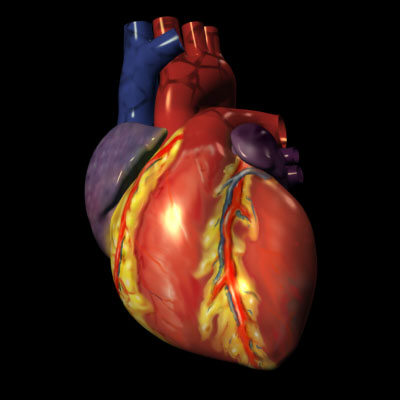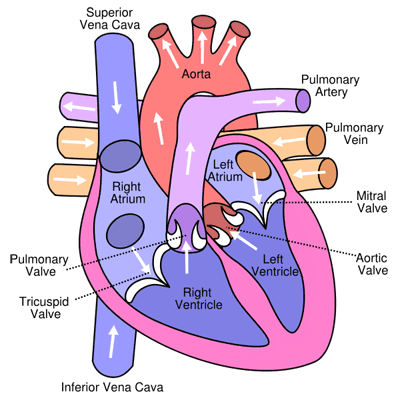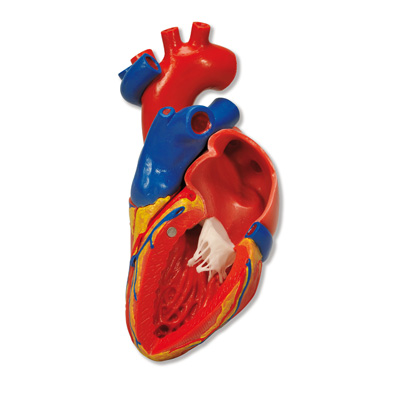Difference between Left and Right Side of Heart

The human heart is an extremely complicated machine. The heart’s working method is also equally complex. Essentially, it consists of two atria, two ventricles and four chambers. Heart is positioned right next to the anterior to vertebral column in the rib cage, posterior to the sternum. The muscles are mainly cardiac muscles and this how the contraction process takes place. The main function of the heart is to move and pump blood to help other parts of the body perform their functions. Heart circulates blood through the blood vessels. The circulation of blood results in supplying of oxygen and nutrients to cells. Furthermore it removes wasteful products from the cells. Based on the two cycle pumps inside our body, the human heart can be divided into two parts; left side and the right side. Both parts of the heart have one ventricle and one atrium. If you are looking to understand the differences between the two parts of the human heart, you will be glad to know that you have come to the right place.
Instructions
-
1
Left side of heart
There is one ventricle and one atrium in the left side of our heart. Furthermore, an aortic valve and bicuspid mitral is also positioned on the left side to assist the blood circulation process. Pulmonary veins are responsible for sending oxygenated blood to this side of the heart, which help circulate the blood to different types of body cells. Ventricle wall on the left side of the heart is much thicker as compared to the other side. This is because heavy forces are required to pump the blood all across the body. Left atrium is designed to help pulmonary veins and the Aorta connect to the left side of the heart.
- Image courtesy: wiki.engr.illinois.edu

-
2
Right side of heart
Right side of the heart also functions in a similar fashion but there are some key differences in the structure and formation. Similar to the left side of the heart, it has an atrium and ventricle. It also has a tricuspid valve, SA and AV node and pulmonary valve. Deoxygenated blood from the body is sent to the right side of the heart using the internal vena cava and then the pulmonary valve sends the blood back to the lungs. Unlike the left side of the heart, the concentration of wasteful products and carbon dioxide is extremely high. Nerve impulse, “special type of tissue”, is also found in the right side.
- Image courtesy: kappamedical.com








